.22 Remington Jet
T/C rescues defunct handgun cartridges in rifles.
other By: Stan Trzoniec |
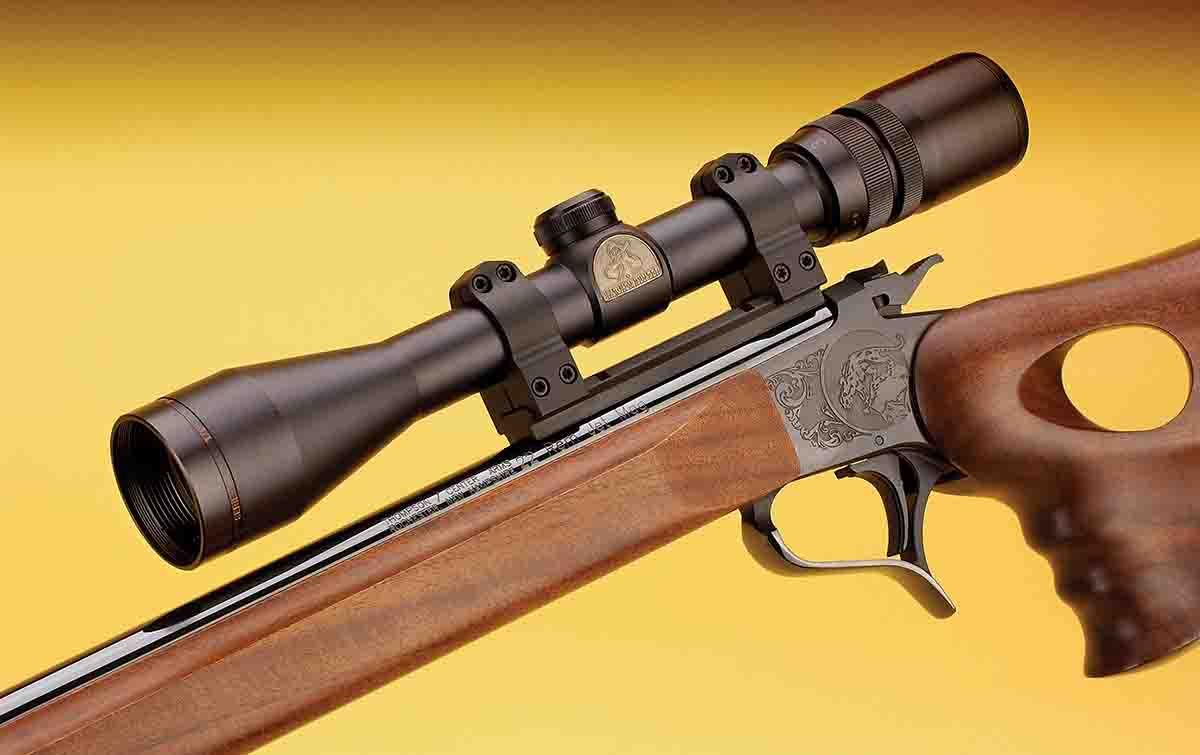
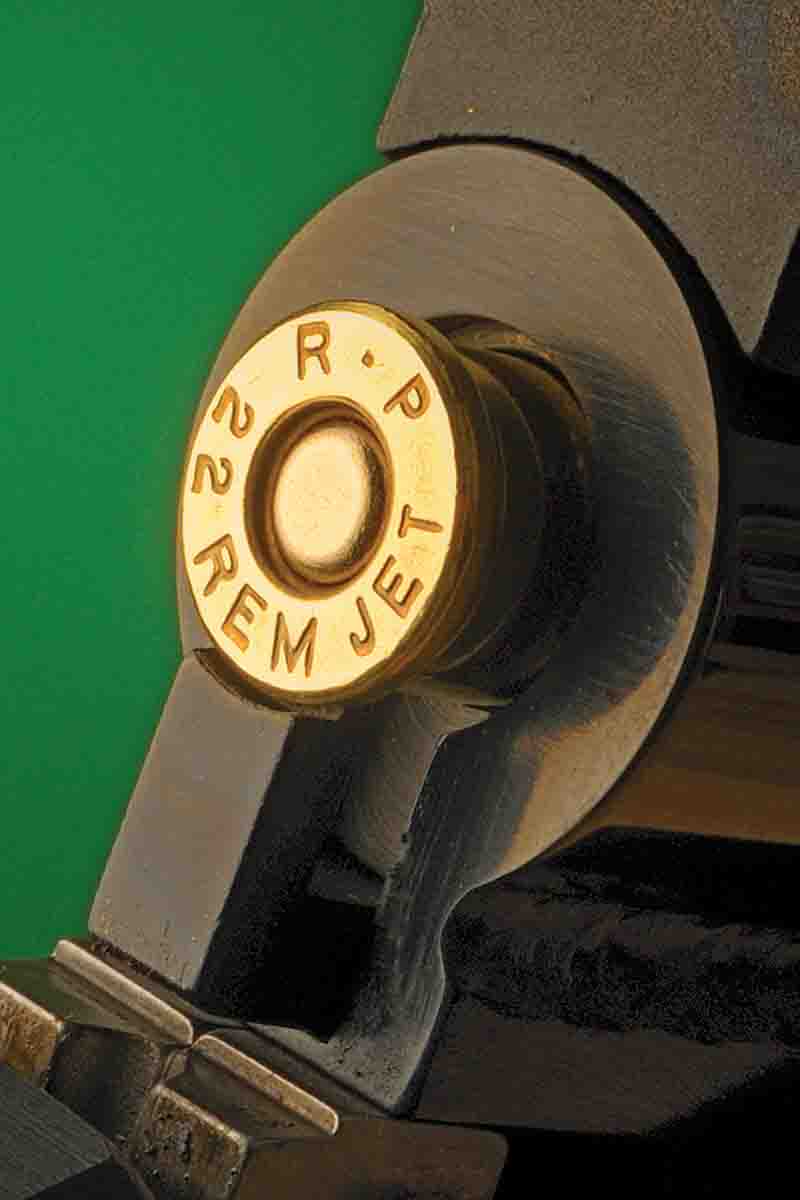
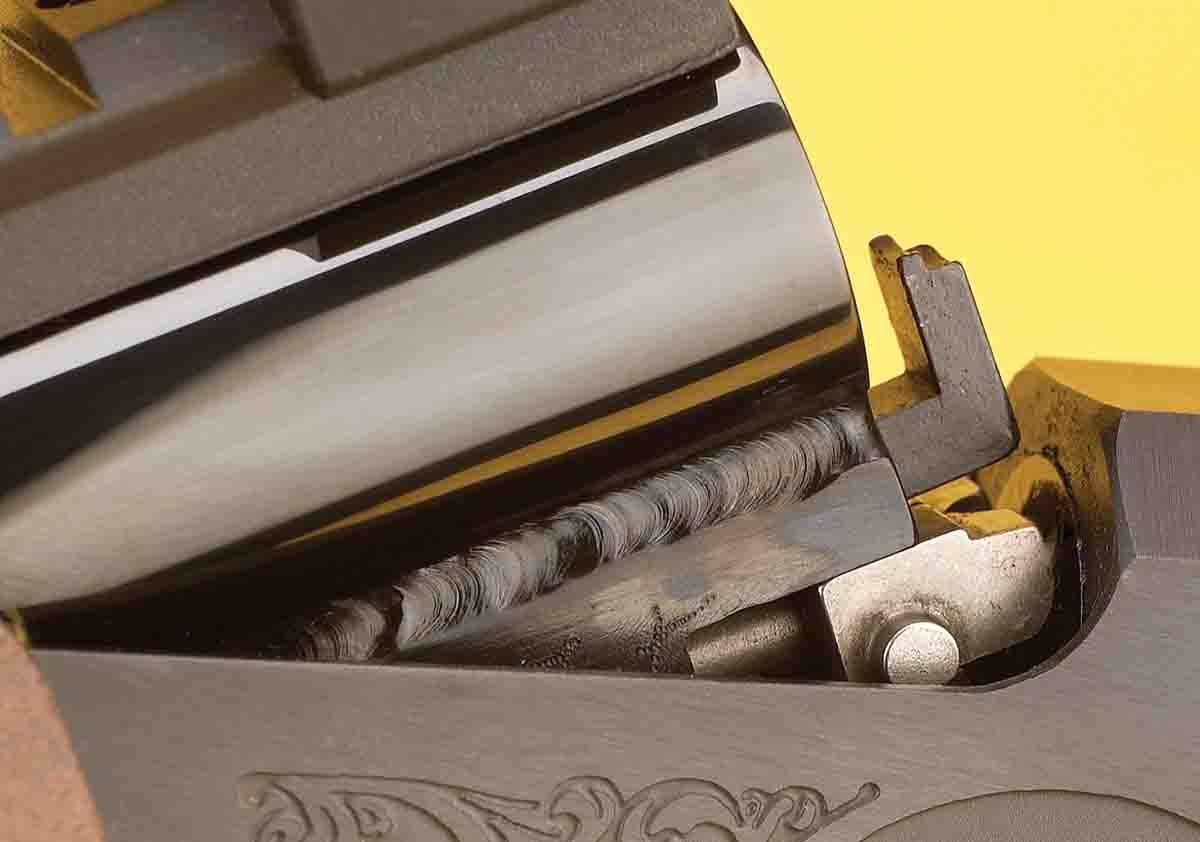
The Thompson/Center organization is a small business American dream come true. It all began in 1945 when Ken Thompson decided to start a company fathered by his convictions and a strong desire to own his own business. Starting in his garage, he put together a game plan and emerged with a business called the K.W. Thompson Tool Company. His claim to fame was making moulds and tooling for the investment casting industry. With the firearms business starting to grow stronger each year, the shop expanded, and by 1962 his gross sales approached about $180,000 annually. In 1963 he moved to New Hampshire, and in 1964 the plant was expanded to 10,500 square feet. In 1965 a brilliant firearms designer, Warren Center, joined the firm, and with his design of the famous single-shot pistol, the rest is history with the first Contender going out the door in 1967.
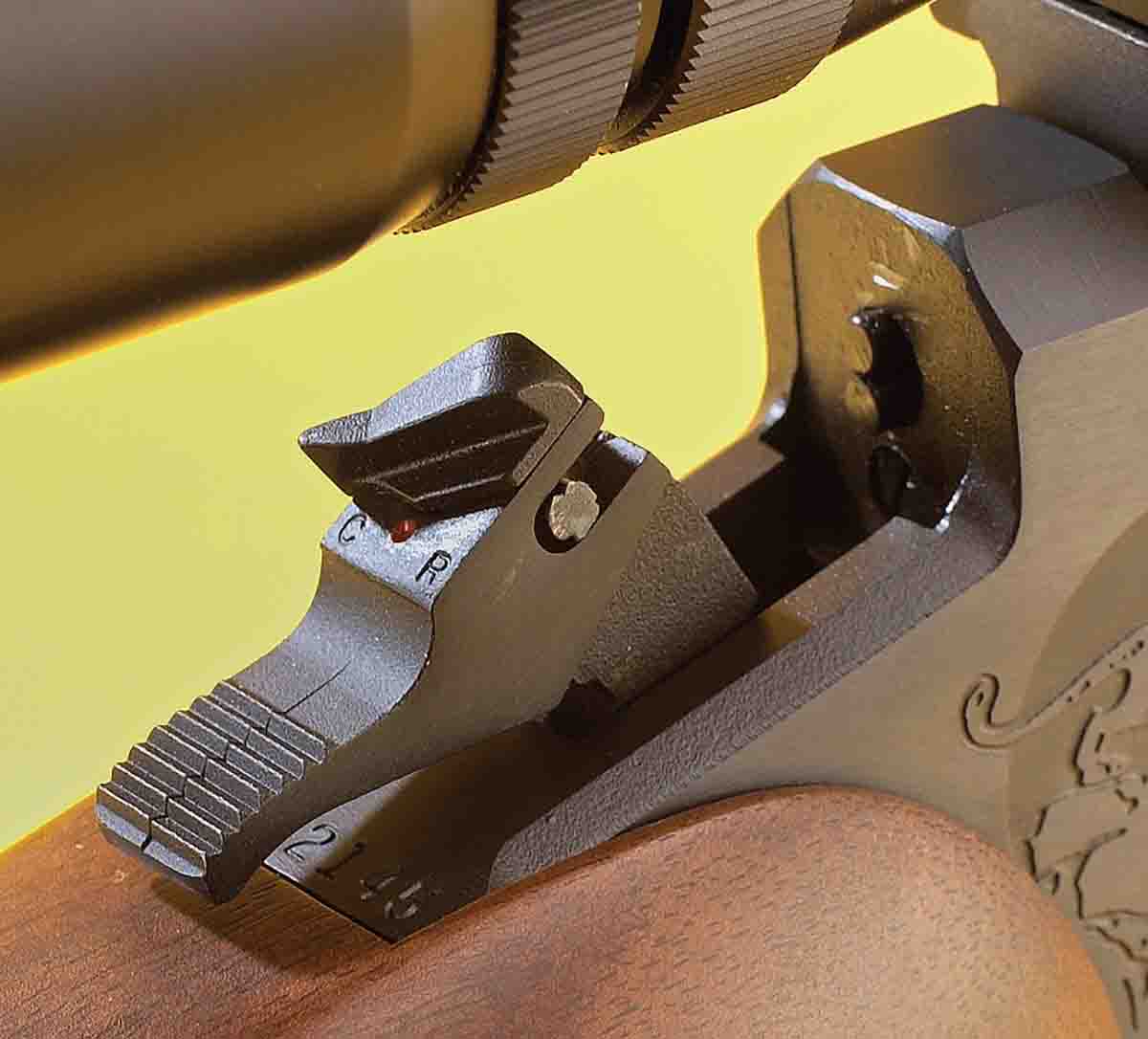
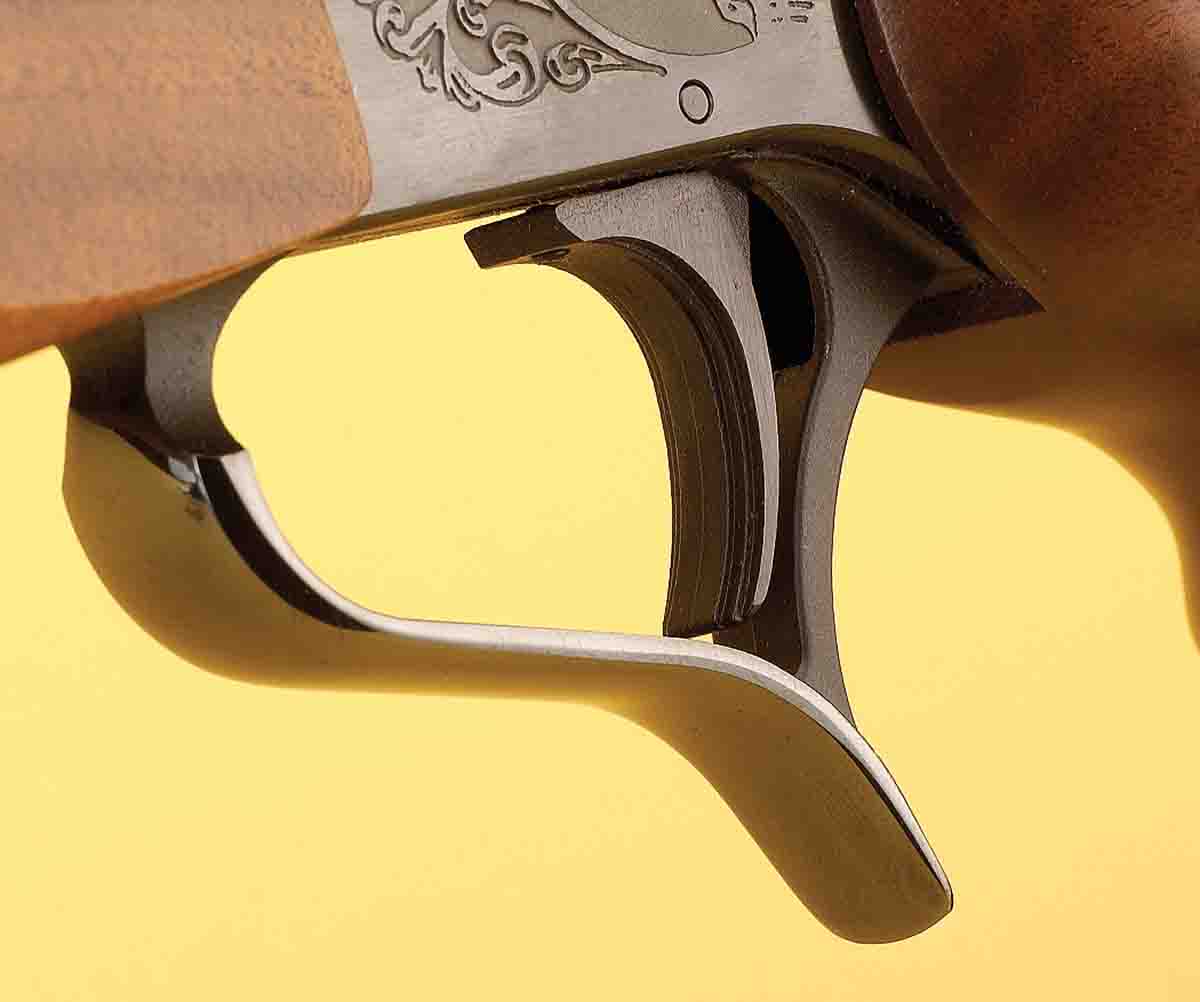
This time around, we are dealing with the .22 Remington Jet, a cartridge that seemed destined for handgun use. When I discovered the Jet on the list, I called the custom shop to get the project going. Since I like the lighter frame of the Contender, versus the Encore, for summertime chuck hunting, I picked the tapered 24-inch barrel. Highly polished and detailed, this would be the perfect mate for a new .22-caliber reloading project while fitting in with other wildcats, including the .22 Mashburn Bee and the .22 K-Hornet. With a positive ejector at the chamber end, it carefully lifts the spent cartridge case so you can pluck it out of the barrel and reload it again without the hassle of it flying off into the pucker brush.
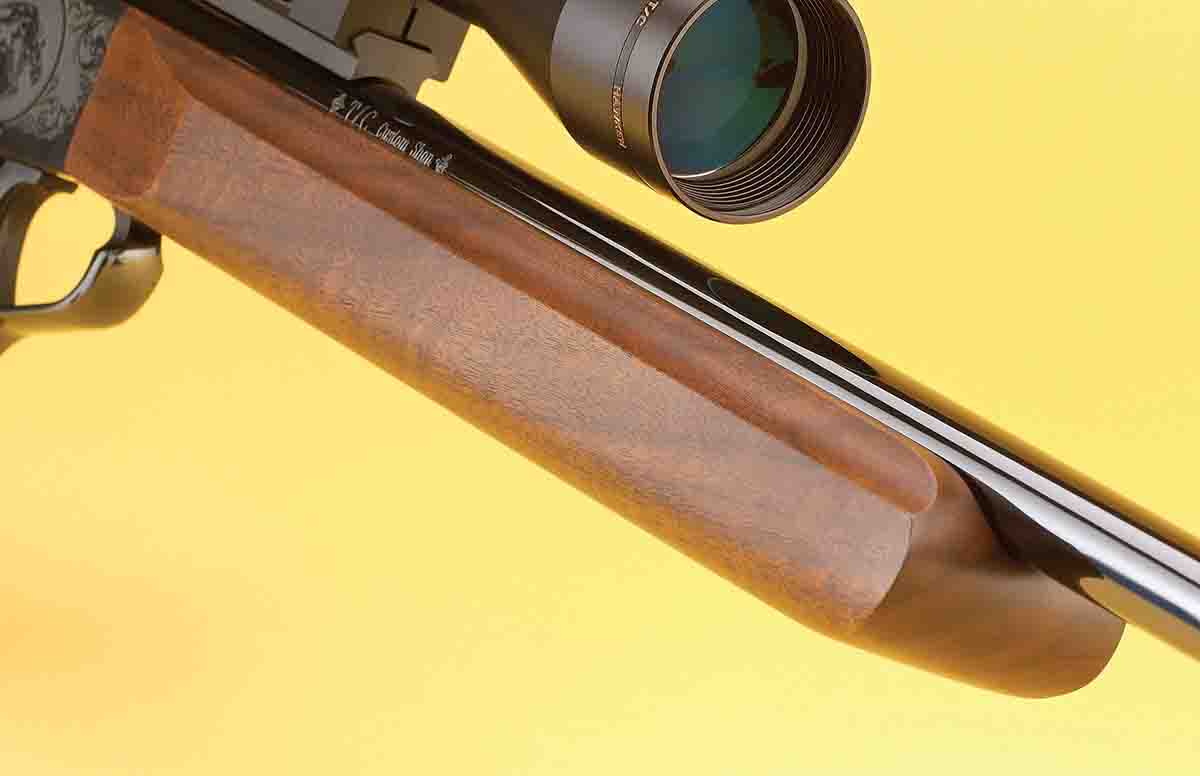
My Contender is the previous model, but the newer and improved G2 Contender sports the same receiver outline as the Encore, is easier to open, allows more room between the trigger guard and the stock and incorporates a newly designed automatic hammer block safety with an interlock. In any event, regardless if you pick up the early or newer Contender, barrel switching is the same. To finish off the gun for bench and field use, I mounted a Thompson/Center 3-9x scope with its proprietary rings and one-piece base set.
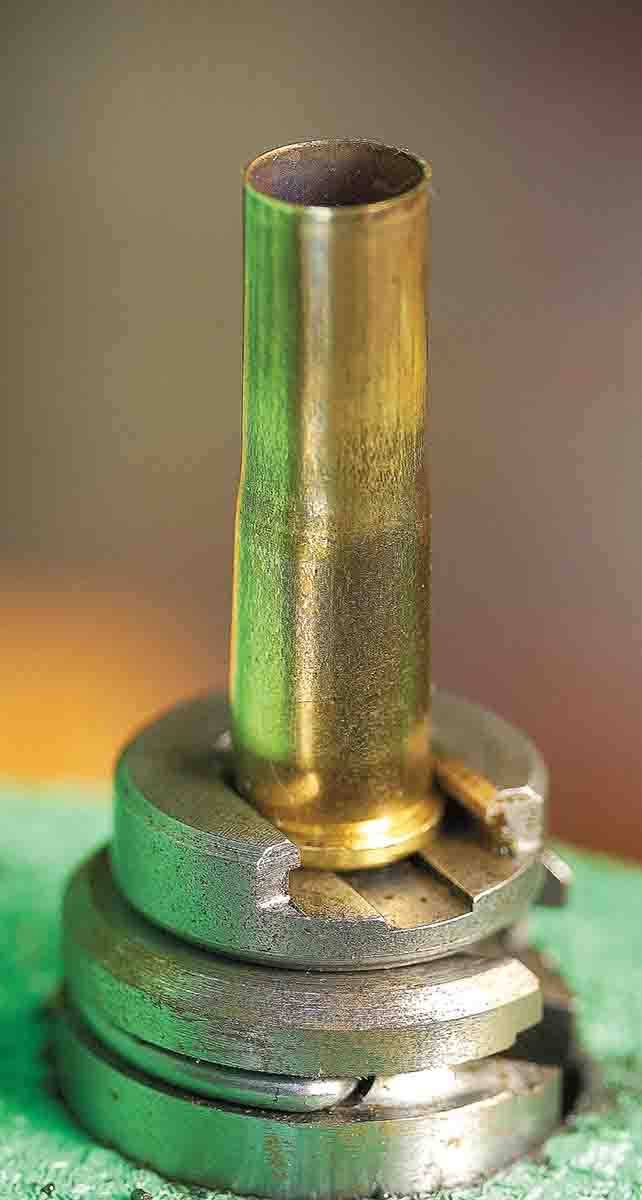
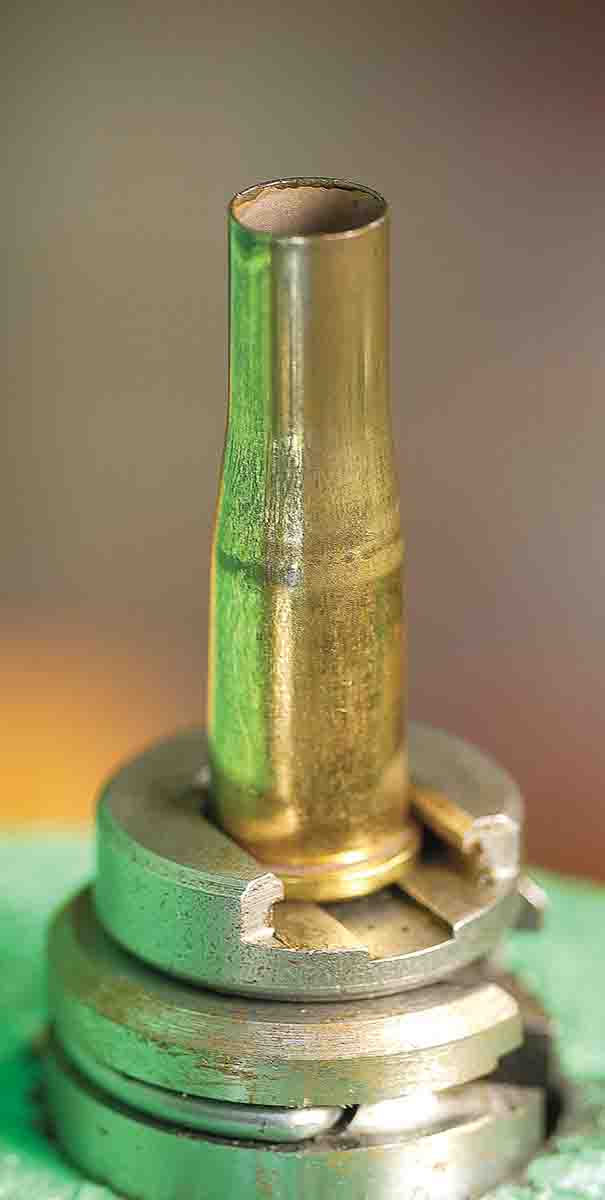
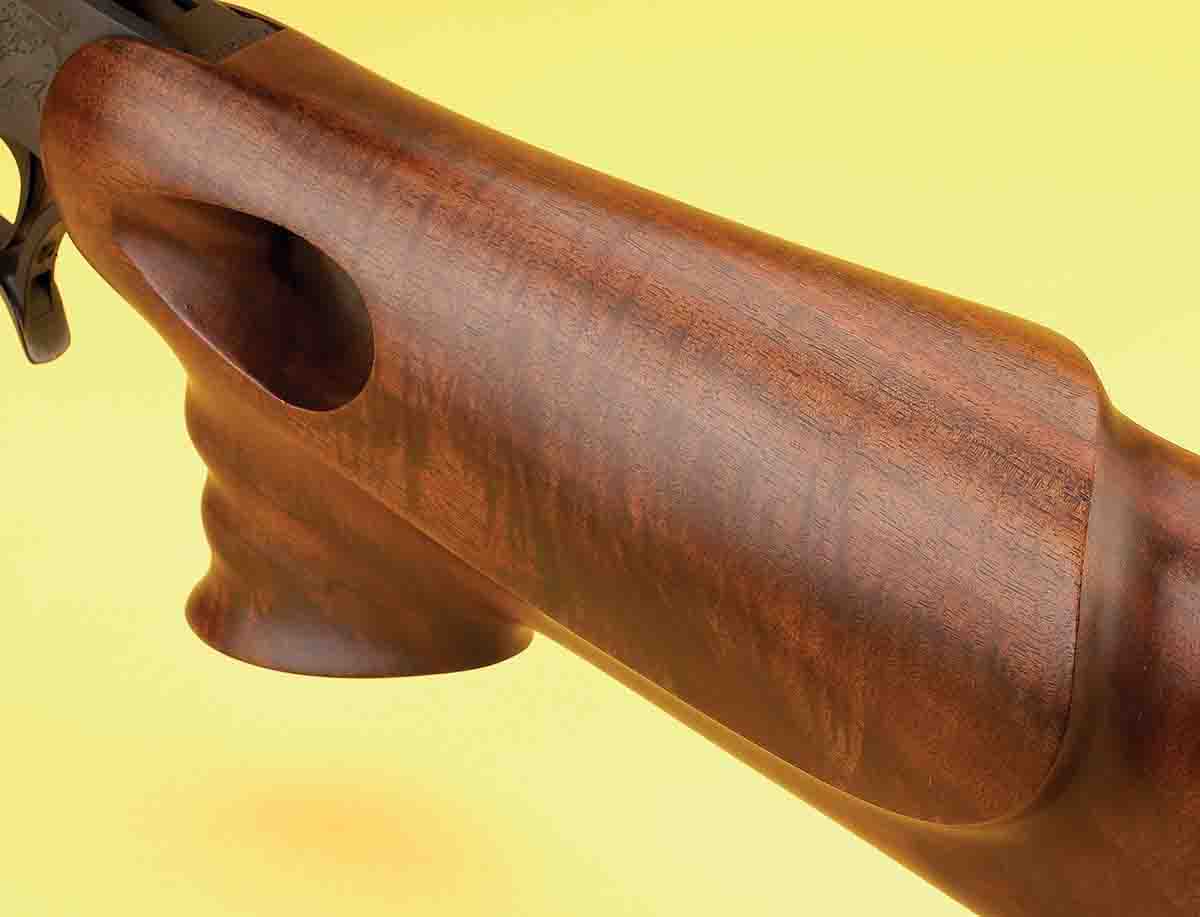
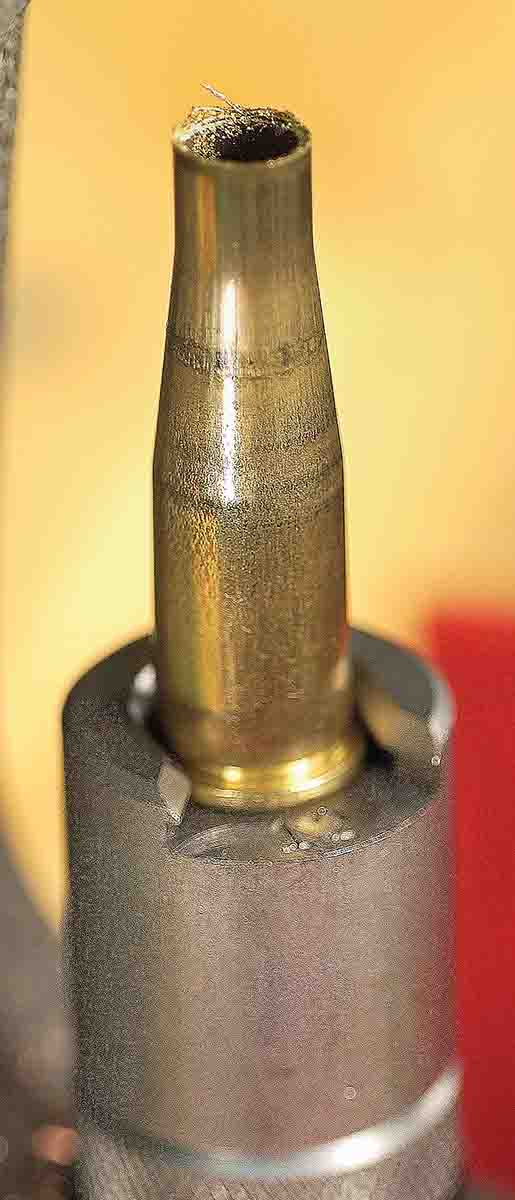
.jpg)
The next thing on your list is at least four boxes of brand-new (not once-fired) .357 magnum brass from Remington or Winchester. Brass or nickel plated is okay; I found the forming process seemed to go easier with the traditional brass cases from start to finish. Stock up on small pistol magnum primers, my preference is CCI 550s, considering the size of the case and its capacity. Powders are next, but I will get to that in a minute.
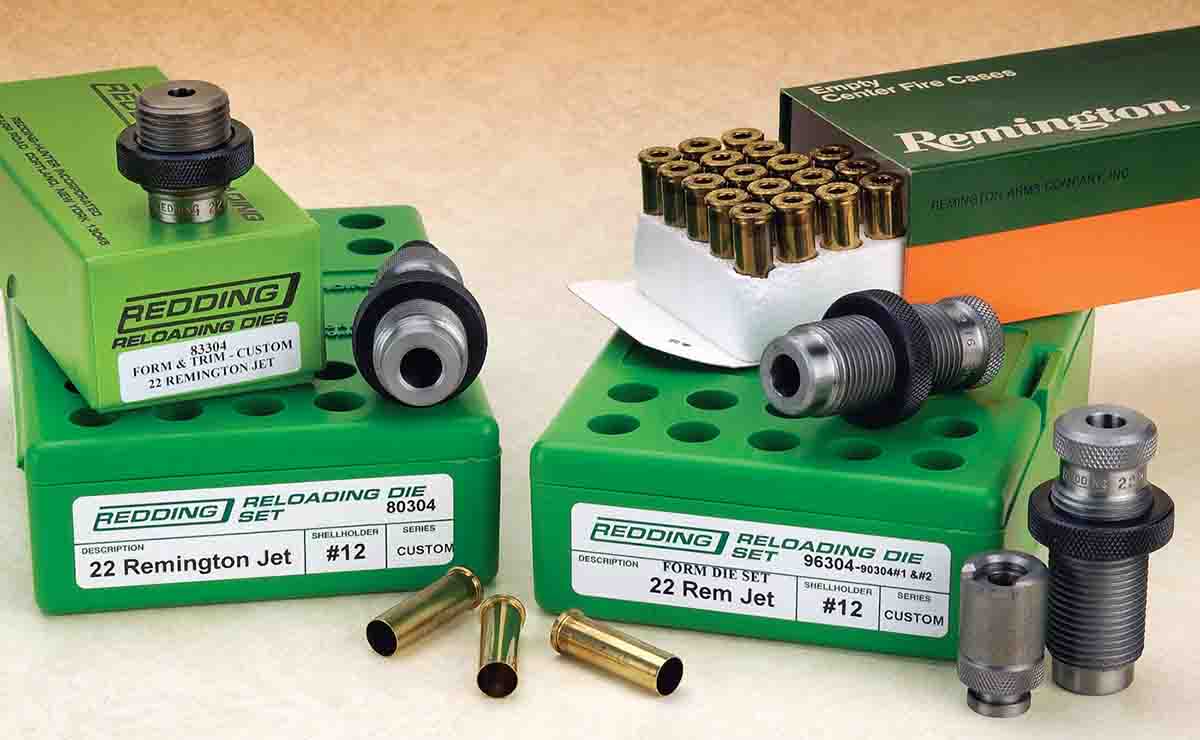
From the onset, trying to form .22 Remington Jet cases from .357 magnum brass without the annealing step is a lost cause in both time and materials. The cases will not take the sharp angles needed to produce this brass, and split or crushed necks will cause a 100 percent fatality rate. Annealing is easy, quick and consists of nothing more than placing a case in about .25 inch of water, heating the neck area almost to the point of redness, then pushing them over in the water to quench and cool them. I use an old bread pan and a Micro or hobby torch that runs on Ronson butane fuel.
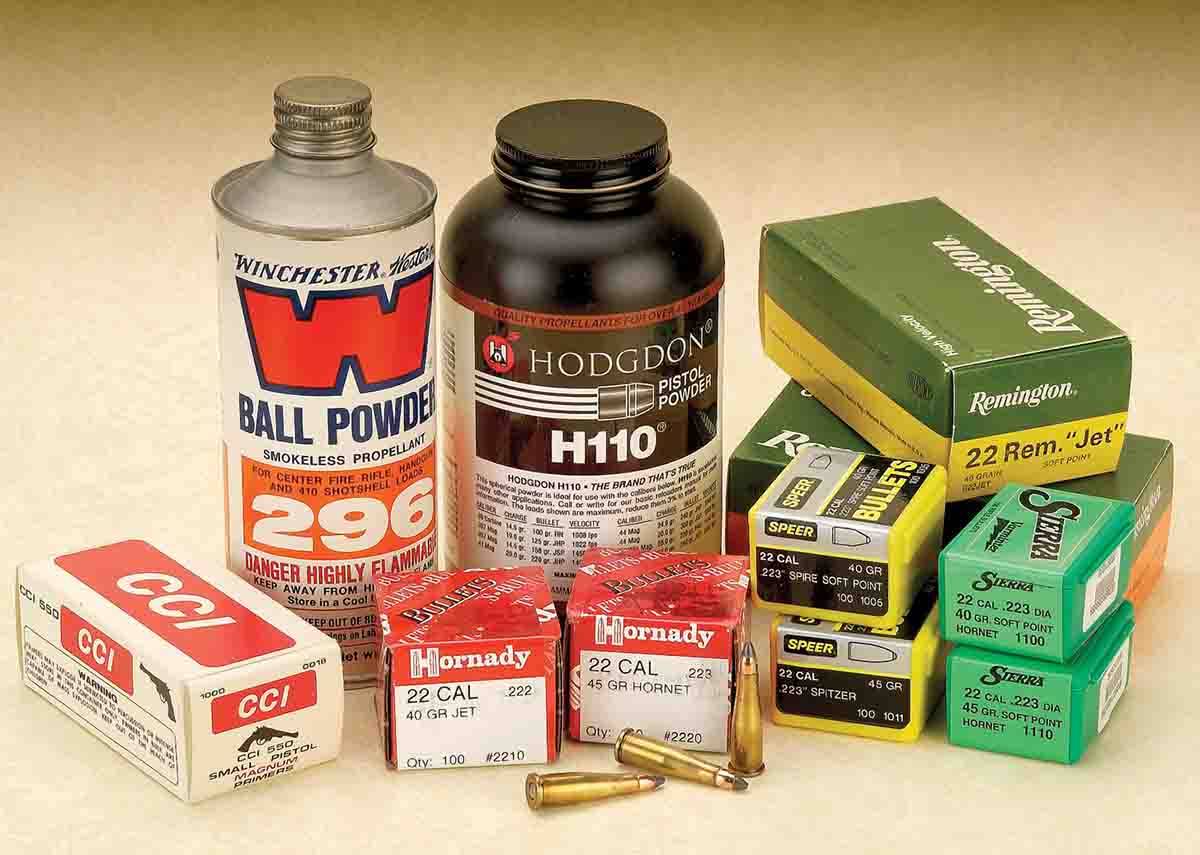
Once you get a rhythm going, most folks will be surprised how fast the process goes, and you will have a pile of cases ready to go in short order. After they are fully dry, set up the Redding form #1 die, lube the cases and start pushing them up and into this die. This first die will reduce the neck from .375 (new case) down to .336 inch on the first pass. Run the whole batch through this die before moving on.
Next, move on to form #2 die and run all the cases through it. Here the neck will be reduced to .298 inch in preparation for the next file and trim die, which reduces the neck to .255 inch with an inside diameter of .230 inch. In order to push the case up and into this last die for trimming, you will need to install the extended shellholder as shown in the photographs.
When filed down, the case should emerge with an overall length of around 1.290 inches. For shooting, however, the overall case length is 1.288 inches; I like to trim them back to 1.278 inches. After that, the deburring tool is used to chamfer the inside and outside of the neck. To finish the case, run it through the full-length sizing die. After that, check the inside diameter of the case mouth; on my die set it came out as .221 inch, perfect for the .223 bullets.
The .22 Remington Jet holds 18.9 grains of water, which puts it in the same range as the .218 Bee. Since there are no references made on using the .22 Jet in a rifle, I turned to Wayne Blackwell’s (9826 Sagedale Dr., Houston TX 77089) “Load from a Disk” program. Putting in all the parameters, such as barrel length, overall length of the bullet and the bullet used, the program came up with using 2400, Lil’Gun, H-110, W-296 and a few others I did not have in stock.
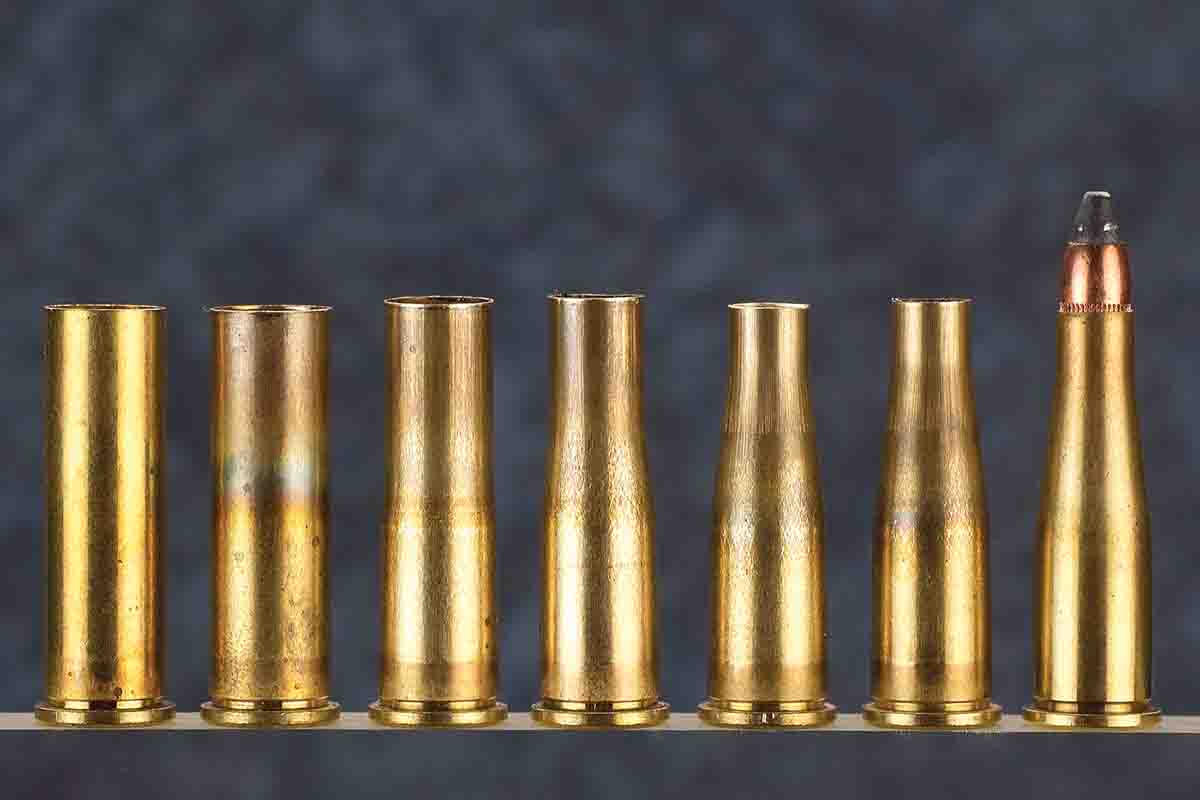
Considering past experiences, I choose to go with H-110 and W-296 for velocity readings and the ease of powder flow through the measure. Looking up 2400 with the 45-grain bullet, for example, I was limited to only 14.0 grains of propellant, which gave 3,009 fps. Moving up to 14.9 grains with 2400 gave 3,202 fps but with pressure readings in excess of 50,500 CUP. Compared to using, say, 14.6 grains of H-110, velocities would be in the neighborhood of 3,147 fps and 48,161 CUP. Considering the smaller case volume of the Jet, I decided to stay with H-110 and W-296 for at least the first go around.
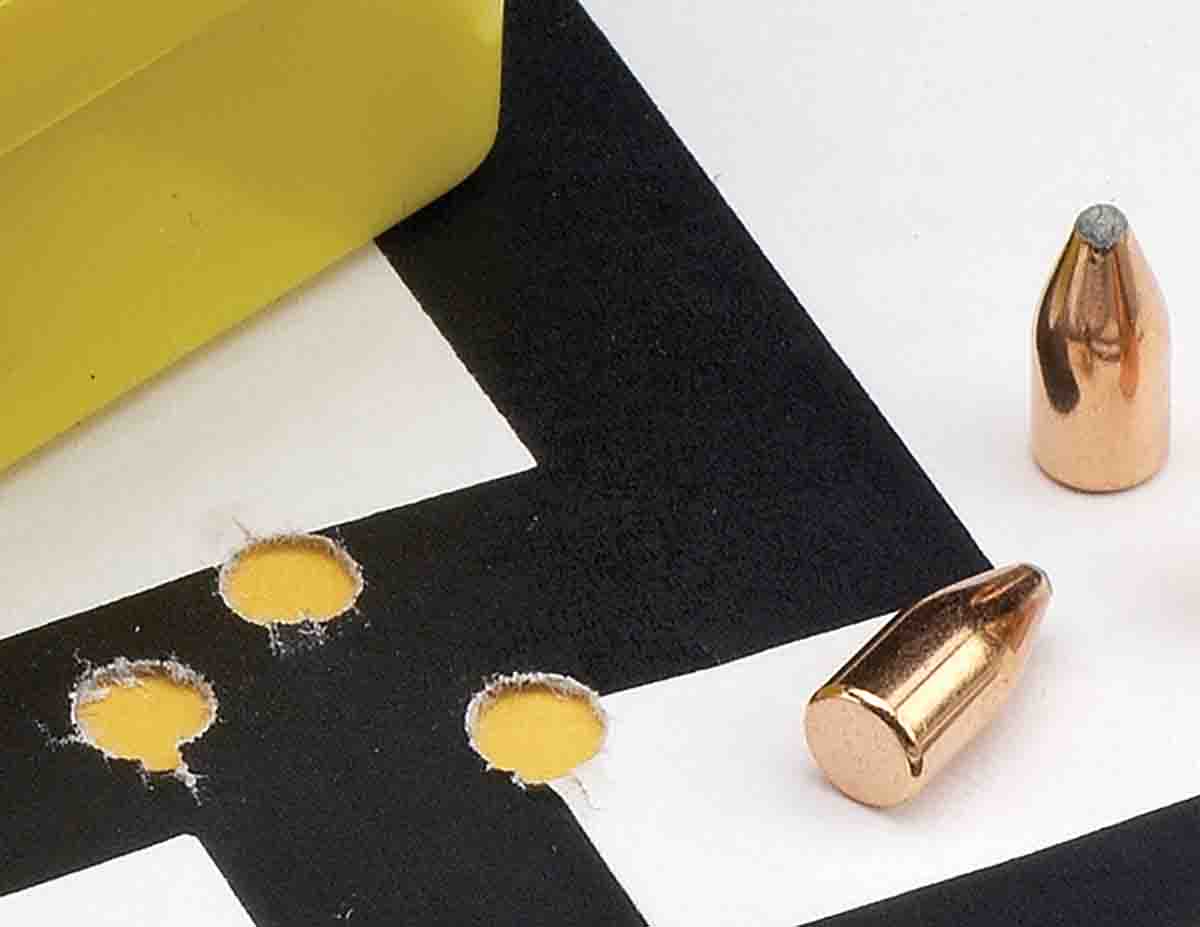
Counting the factory loading, I fired 25 groups in two different days with a temperature spread of only five degrees. Testing went smoothly, and the results were very encouraging, considering this round was made specifically for a handgun. To my surprise, some of the 100-yard, three-shot groups went into .5 inch.
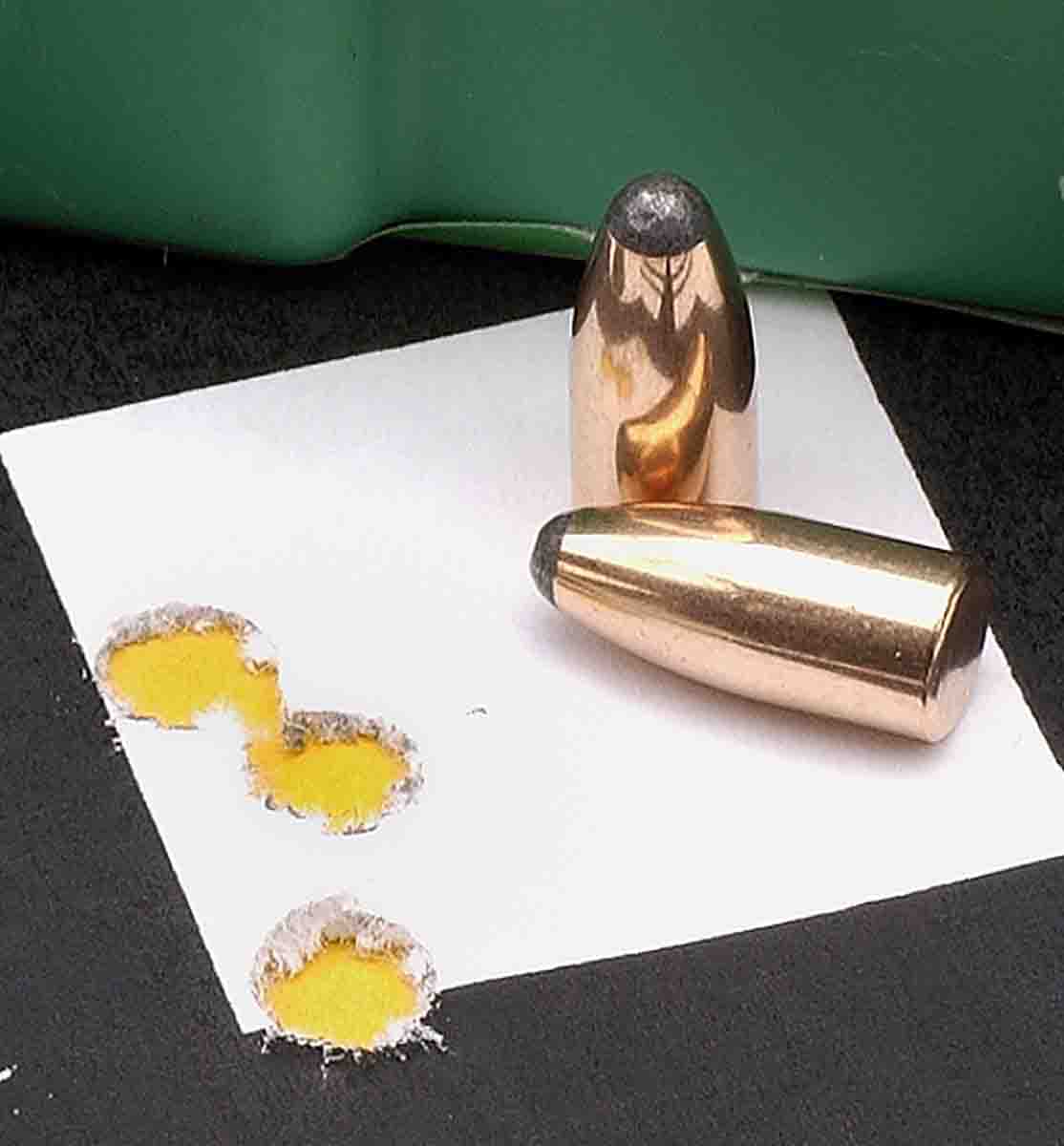
When it came to the results of the 40-grain bullets, group size was pretty much spread between H-110 and W-296. If I had to pick the pet of the day, it would be the Speer softpoint with 14.9 grains of W-296 for almost 3,250 fps. Using the heavier bullet would be my choice for midsummer woodchucks at closer range than say the .223 or .22-250 Remingtons, and by closer, I’m talking roughly 100 yards. Pick of the day is the Sierra softpoint with 14.6 grains of W-296 for 3,114 fps. Looking at drop tables, this is a good load to zero at 100 yards; bullet drop at 200 is only 3.6 inches. Placing the crosshairs just below neck level will deliver the bullet on any part of the body. As a footnote, the Sierra softpoint was the top performer in all categories and all powders with the heavier bullet with an average of .625 (5⁄8) inch.
When I first started this project, one of my varmint shooting friends said it couldn’t be done. “The case is too small, the bullets are too light, and there isn’t enough powder to get decent velocities.” And besides, he went on, “It’s only a pistol cartridge.” That’s a quote, but now that he’s seen the results, he might have to eat some of his words.



.jpg)